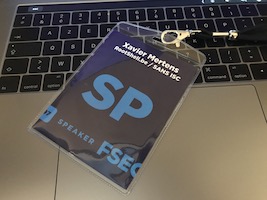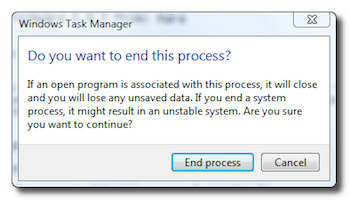I published the following diary on isc.sans.org: “The easy way to analyze huge amounts of PCAP data“. When you are investigating a security incident, there are chances that, at a certain point, you will have to dive into network traffic analysis. If you’re lucky, you’ll have access to a network capture.



